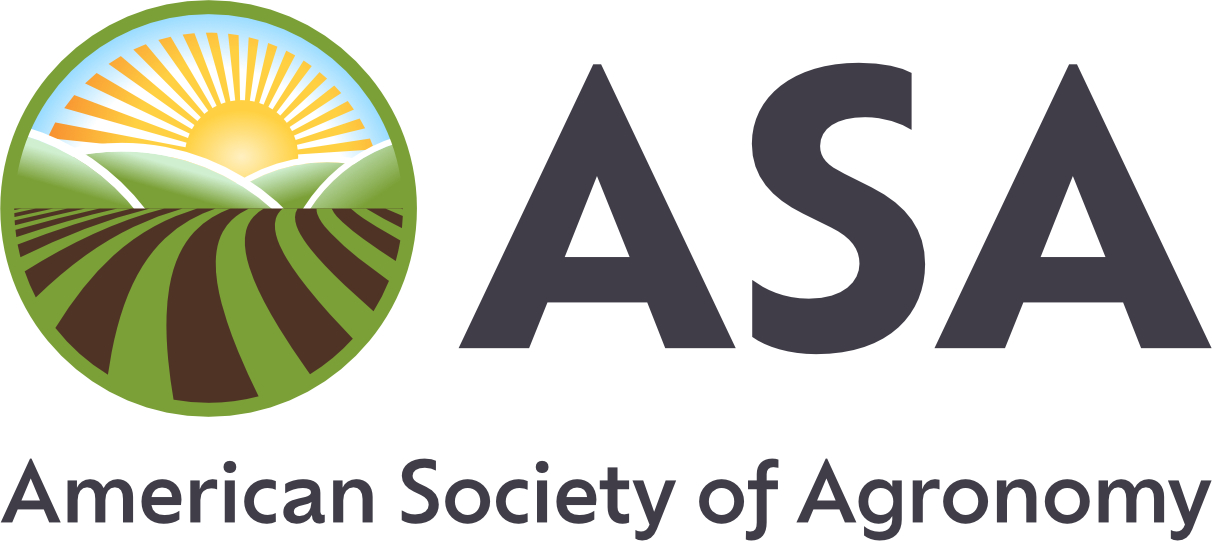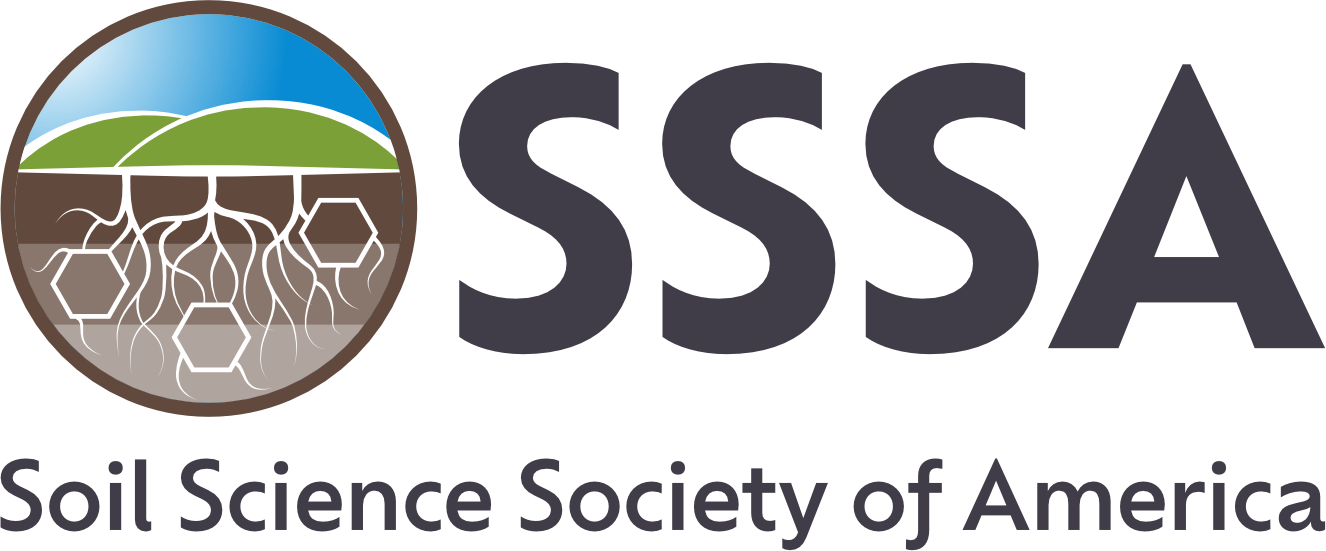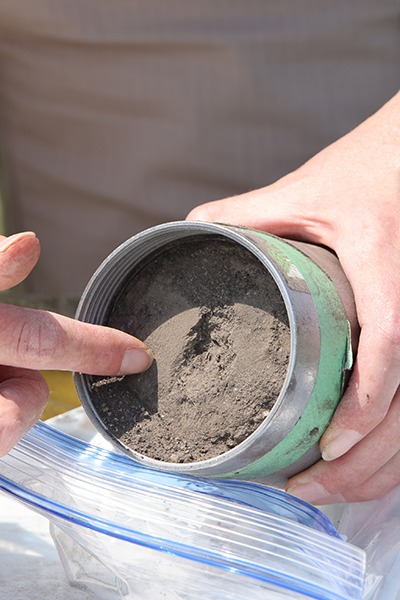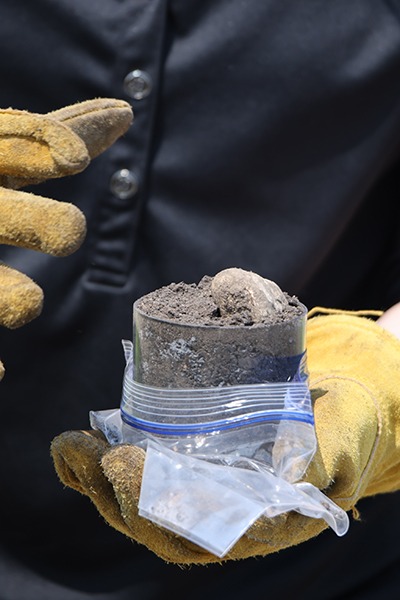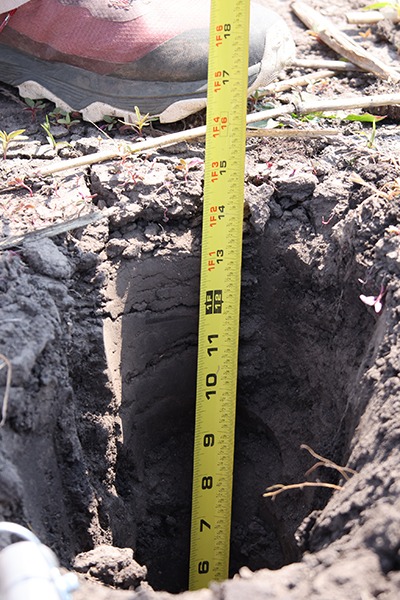Who Are the Buyers of Carbon Credits?
Content has been adapted from The Context Network “Get Smart, Stay Smart” Ag Carbon Service.
The short answer: Potential buyers of carbon and ecosystem service credits include any business, government, industry, or individual interested in decreasing greenhouse gas (GHG) emissions.
Demand for credits is increasing, since the Environmental Protection Agency (EPA) estimates that agriculture has the potential to offset ¼ to ⅓ of annual global greenhouse gas emissions.
The big picture: There are two broad types of buyers—those purchasing offsets, and those purchasing insets.
Offset buyers includes organizations who cannot decrease their Scope 1 GHG emissions (the emissions they produce directly, through their own company) and are seeking ways to “offset” them. These buyers are purchasing carbon credits from outside sources—other organizations or systems that voluntarily sequester carbon or reduce GHG emissions and generate offset credits.
- Offset credit purchasers include companies large and small, across all sorts of industries.
- Microsoft is a good example—the company is purchasing carbon credits from multiple sources, including direct air carbon capture (which they rate as the highest durability solution) down to forestry and soil carbon removal—the shortest-durability solutions.
- Offset credit purchasers rely on registries and verification to understand the quality of the credits they are purchasing. These standards vary widely—there’s currently no unified way to compare credits purchased.
- Offset credit purchasers will likely approach one or more marketplaces to purchase credits based on the perceived quality of those credits.
The other kind of credit buyer might have opportunities within their own supply chains to sequester carbon. These purchases are often directed at reducing Scope 3 emissions, or those produced by the upstream and downstream components of a company’s value chain. These kinds of buyers are:
- Often vertically integrated operations, with supply chains spanning ground-level production all the way through manufacturing and distribution.
- Already connected with growers or land managers.
- Not always in need of an external marketplace—there are opportunities for them to build their own.
Two examples of corporations creating their own carbon programs combined with a market include:
- Kellogg’s InGrained project, rewarding Lower Mississippi River Basin rice farmers for reducing their climate impact.
- Land O’ Lakes TruCarbon program, created through the company’s sustainability business Truterra.
Finally, the hybrid approach sees organizations joining external partners in efforts to create markets for both carbon and ecosystem services. Partners might include candidates that are both interested in buying carbon credits and/or capable of generating credits themselves.
- The Ecosystem Services Market Consortium (ESMC) is a notable example of an early-stage market program.
- The ESMC includes partners like General Mills, an organization interested in promoting and measuring carbon sequestration within its own supply chain.
- Non-profit organizations are partners as well, including the USDA Foundation for Food and Agriculture Research, the Conservation Innovation Fund, and the Soil and Water Outcomes Fund.
Buyers span industries. As climate concerns increase, demand for credits produced by farmers, land and livestock managers will likely increase, too.
With demand comes greater opportunity to participate in markets, and these opportunities will vary by region, cropping and management systems.
Photo by Lance Cheung and courtesy of USDA.

